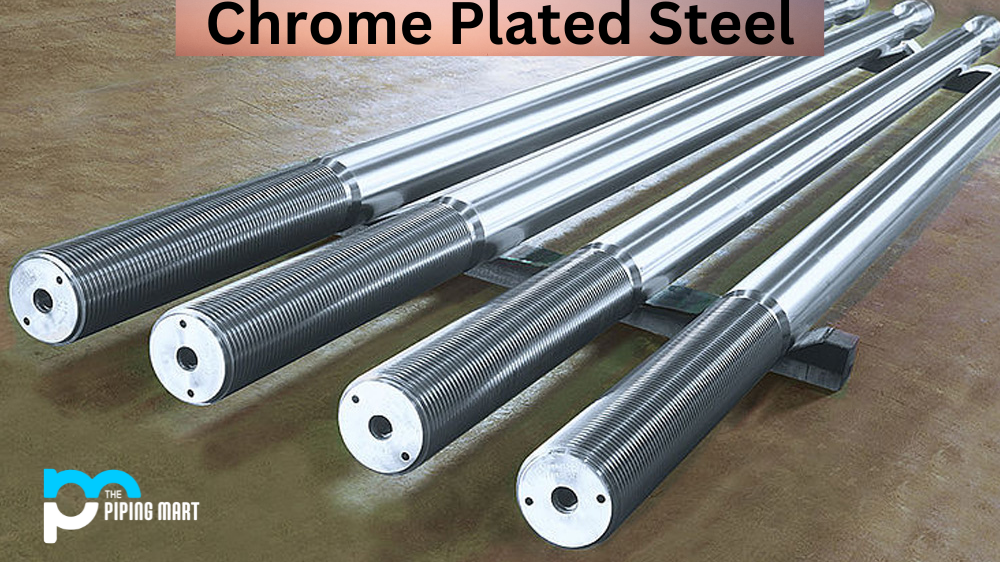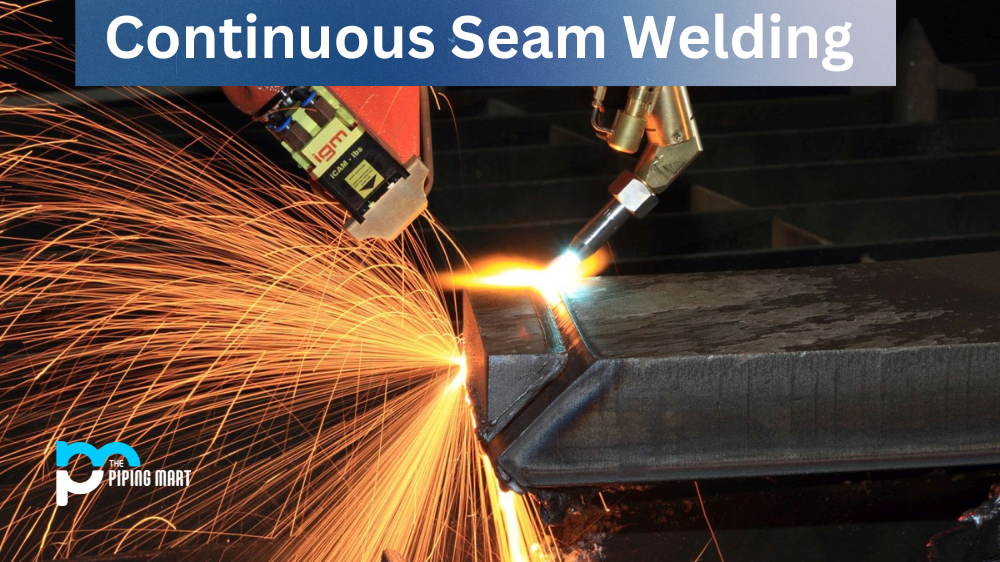Welding is difficult to master, and it can be especially tricky when welding chrome-plated steel. Chrome plating adds an extra layer of complexity, as it requires special precautions to ensure the weld is successful. So, what are the best techniques for welding chrome-plated steel? Let’s take a look.
Basics of Chrome Welding
It would help if you took extra precautions when welding chrome due to its high melting point (around 2200 degrees Fahrenheit). You will also need special equipment to complete the job correctly, such as an inert tungsten gas (TIG) welder or an inert metal gas (MIG) welder. Additionally, you should use a filler metal explicitly designed for welding chrome, as this will help ensure that the weld is solid and durable.
The most important thing to remember when welding chrome-plated steel is that you should never try to weld on the chrome itself. The heat from the welding process will cause the metal underneath to expand at a different rate than the chromium, which will lead to cracking or other problems down the line. Instead, you should grind off any chrome plating before attempting to weld on it. This will give you access to clean metal that can be safely welded without damaging the part itself.
Another important consideration is filler material selection. High-nickel filler materials are often recommended for use with stainless steels and other alloys but not for chrome-plated parts. Chromium is more prone than other metals to developing hot cracks and hydrogen embrittlement, which can be avoided using low-alloy filler materials such as E7018 or E70XX electrodes.
Finally, make sure that your welding equipment and technique are up to snuff. You need a machine with enough power output so that you can generate sufficient heat while maintaining control over your arc length and voltage level—both of which play an important role in producing quality welds on chrome-plated parts. Additionally, keep in mind that some fusion processes may not work as well on chrome-plated parts due to their higher thermal conductivity; TIG welding may be your best bet here.
Welding Process Steps
- Prepare Your Work Area – Before beginning your welding project, ensure your work area is clean and organized. This will help ensure that everything goes smoothly during the welding process.
- Select Your Filler Metal – You must use a filler metal designed explicitly for welding chrome. Make sure your filler metal is compatible with your welder type before proceeding with the project.
- Set Up Your Welder – Once you have selected the appropriate filler metal, set up your welder according to the manufacturer’s instructions. Check all connections before starting the machine to prevent accidents or damage during the welding process.
- Begin Welding – Now that everything is set up correctly, you can begin welding! Start by heating both pieces of material until they reach their designated temperature (usually between 900 and 1100 degrees Fahrenheit). Once both pieces are hot enough, add the filler metal slowly along one side of the joint while simultaneously using short bursts of power from your welder on both sides of the joint. This will help ensure an even weld without gaps or weak spots in your finished product. Continue this process until you have completed your welded joint!
- Cool Down – Once you have finished the welding process, let both pieces cool down completely before handling them again to prevent burns or other injuries from occurring during this project stage.
Conclusion:
Welding chrome-plated steel requires some extra care compared with regular steel, but it’s certainly not impossible! Just make sure that you grind off any existing chromium before attempting to weld on it, use low-alloy filler materials instead of high-nickel ones, and choose an appropriate welding process for your needs—TIG welding is usually recommended here—as well as equipment powerful enough for the job at hand. If you follow these steps carefully, then there’s no reason why you shouldn’t have success in welding this tough material!

Pipingmart is a B2B portal that specializes in metal, industrial and piping items. Additionally, we share the latest information and information about materials, products and various types of grades to assist businesses that are involved in this business.




